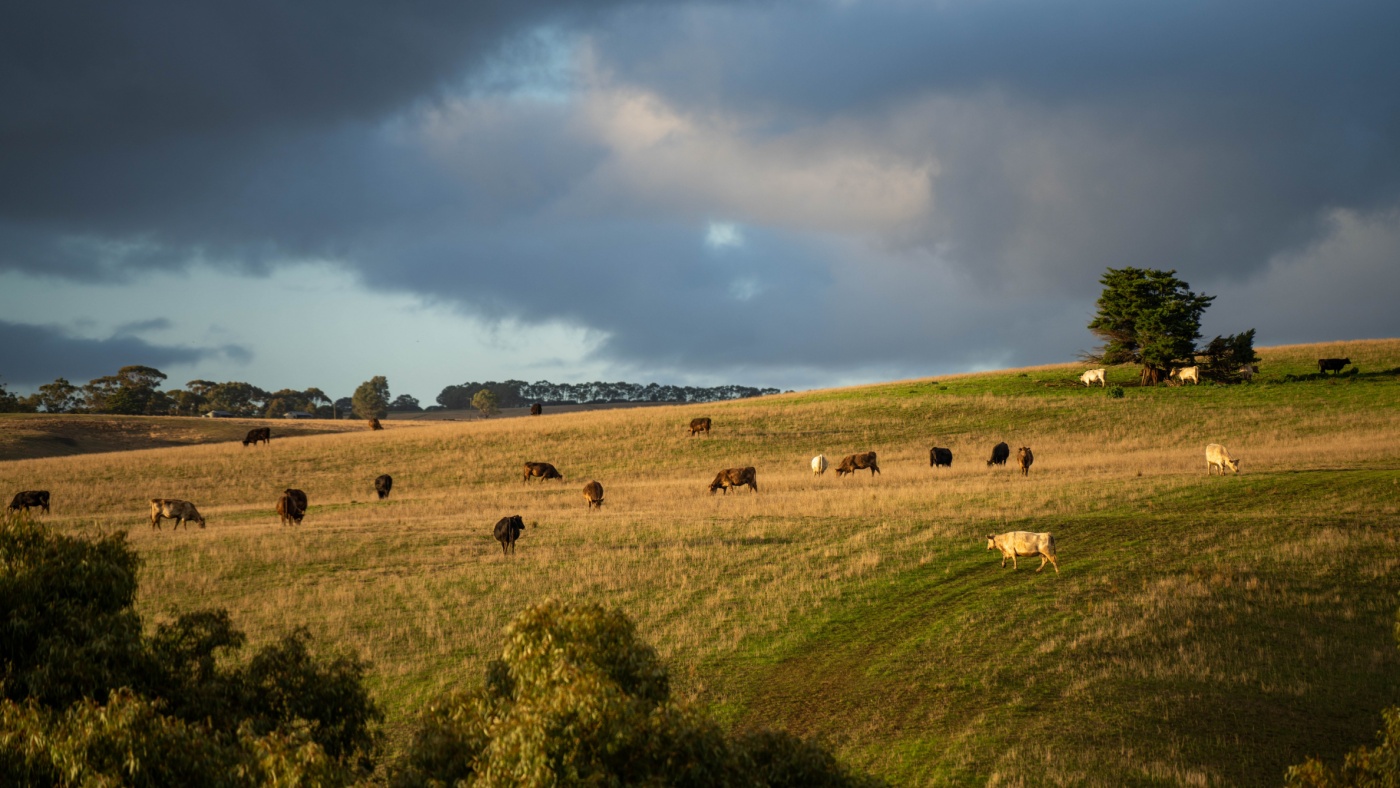South Carolina Ag Commissioner Hugh Weathers now finds himself with added duties, and he joins me now to talk about that, and I understand that as a result of the working ag lands bill that was signed by Governor McMaster back in March, you now sit on the board of the South Carolina conservation bank. Tell us about that.
“Well, actually, Mike, I’m going back on the board, on the original conservation Bank Board 20 plus years ago before becoming Commissioner. So it’s good to be back and join forces, but as a result of that legislation, I will join the board, along with the Secretary of Commerce and the Secretary of Transportation. Very good, and it has that interest for me because of what the emphasis will be added toward Farmland Protection.”
Tell us about the conservation bank, what it’s all about, what it does, and how does it impact farming.
“Think of its emphasis, and that is to provide conservation easements when a piece of land might have some other opportunities, be it development or otherwise, and with the working farmlands bill, we’re going to put more emphasis on working productive farmland. So if a farmer wants to keep that land in production and get some of that value that he or she could get from a sale to for other uses, whether it’s development, housing, you name it. Easements are a way to do that, and that is the focus of the conservation bank board. We’ve had some laws on the books for a long time in South Carolina. They give some tax advantages. So going on the conservation bank board. I think it’s time to review some of those laws and see if we can make them more attractive to farmers who might consider a conservation easement.”
And by that, this is a completely voluntary arrangement, as I understand, between the farmer and the conservation bank, is that right?
“Oh, that’s absolutely correct. The farmer normally would work through one of our land trusts around the state. There’s probably seven or eight viable ones. The Farm Bureau began one probably close to two years ago now. So there’s more opportunities for farmers to work with the land trust. And normally, that land trust would help the farmer with his application, and then would make that application to the conservation bank, and they would see where perhaps other funds could be leveraged, commingled, added to their funds to make an attractive option for a farmer wanting to keep his or her land in the family, take some of the value, but not sell it.”
Not sell it, but it would not prohibit the sale or transfer of the property at some point in the future. Is that correct?
“Well, that’s absolutely correct. There’s their properties. I’m told that the values actually went up after there was a conservation easement placed on it, some, you know, probably for hunting or some other recreation in some key areas. So that’s a fascinating twist, if you will. So yes, they can sell the property with the conservation easement on it.”
But the conservation easement, as I understand, that is a permanent legal document. The idea being, as you said, to keep this in production agriculture, and why is that so important today?
“Well, I think that’s what we’re seeing around South Carolina, that we’re losing farmland to other uses of development, or other types of things that compete with it, with some of the pricing that the opportunities that are available. That’s why these easements are just a critical, valuable option, if you will, for that farmer to see some of that value. Keep the land and keep South Carolina rural where it’s rural.”
The South Carolina Land Trust Network is a 501(c3) statewide organization that supports the protection and preservation of forest and farmland and more. Folks can go to scltn.org to learn more. Commissioner, is there anything you’d like to add?
“Well, just this is a good move that a lot of us worked on for a period of time to make it happen. It should address the issues that we see as a priority, and that is maintaining working farmlands.”


